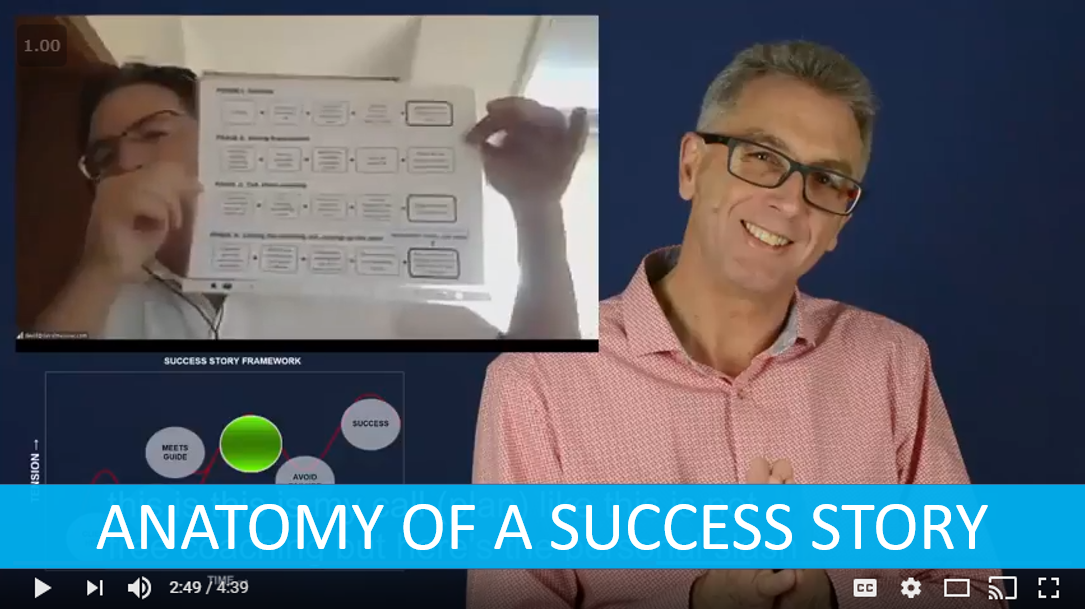Pronto Software Managing Director Chad Gates tells the Pronto Story
The seeds for what would become Pronto were planted in 1976 when Dave Nolan formed Prometheus while consulting to an Australian computer hardware manufacturer called CMAD.
By 1983, CMAD was in financial difficulty and its directors decided to sell the ‘non-core’ software division. Dave Nolan purchased the rights to the application and system software and acquired six CMAD software developers as part of the deal.
The software Prometheus acquired was written in an old programming language called COBOL and would only operate on CMAD hardware. The company wanted independence from both hardware and software providers, so set about developing a fourth-generation programming language which was used to rewrite the entire code base into a product called Pronto.
CMAD went out of business but many of their customers continued using Pronto software, and some are still valued Pronto customers today, more than 30 years later.
Over time, customers began using ‘Pronto‘ as the company name and in 2001 the name was officially changed.
By the late 1990’s, Dave Nolan was looking to sell the business and retire. There was a major falling out between directors when Dave accepted what the others considered a very low offer from Sausage Software. However, the deal was accepted and Sausage took ownership in July 1999.
Sausage was an over-hyped ‘dot-com’ business which used its pumped-up valuation to buy ‘real’ companies like Pronto and SMS Management. When the dot-com bubble burst in the year 2000, SMS Management did a reverse takeover of Sausage and set about cleaning the balance sheet. Pronto did not fit SMS's business strategy and was put up for sale by tender.
This was a critical time; there was a risk that Pronto would be subsumed by a competitor or mismanaged to extinction. New CEO David Jackman saw an opportunity for a management buyout, and with a cohort of Pronto staff members and some reseller staff, successfully acquired the company.
There were mixed feelings for the new owners - exhilaration at being in control of their destiny again, and anxiety and concern about the next salary bill and over extended personal finances. Many Pronto staff investors had been advised by their accountants against investing, but put trust in the management team. Their investment has been repaid many times over.
Today Pronto serves over 1600 customers across Asia Pacific with 380 staff. The company has grown at an average rate of 15% per annum. It is a company in control of its destiny and confidently navigating the cycles of the software industry in the best interests of its customers and staff. In 2016, David Jackman retired and Chad Gates took over as CEO.
_____________________________________________________
Company:
Pronto Software
Source: Mike Adams and Stefan Crisp discussions with early Pronto staffers
Reference:
Story Type: Company Creation
Labels: Control; Change Management; Persistence
_____________________________________________________
For Story Students:
The Setting: Melbourne from 1976
The Complications: A failing hardware company, changing technology, company sale and a management buyout
The Turning Point: The management buyout in 2002
The Resolution: A stable successful company
The Point of the Story: Pronto has the experience and resources to support its customers through the cycles of the software industry
How to use this Story: Pronto people use flavours of this story to connect with their customers. Its a nice example of a company creation story.



